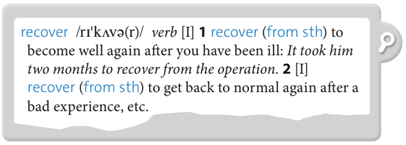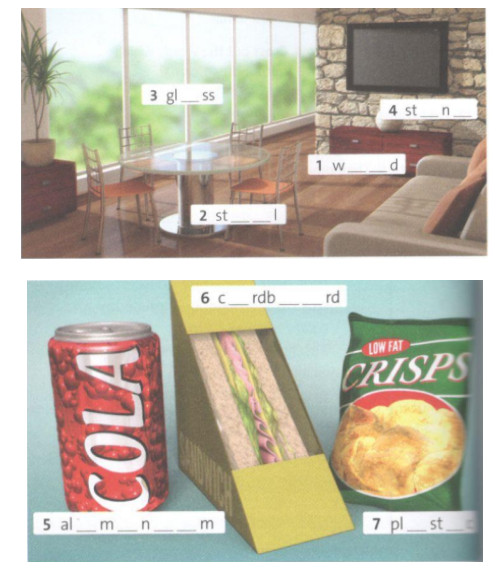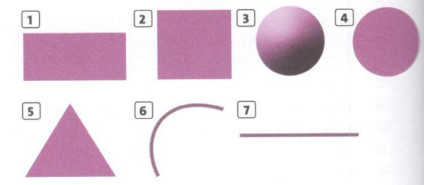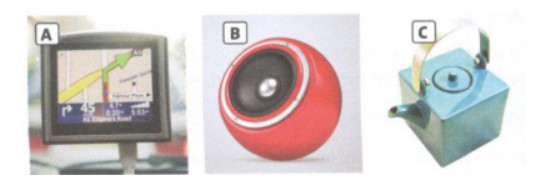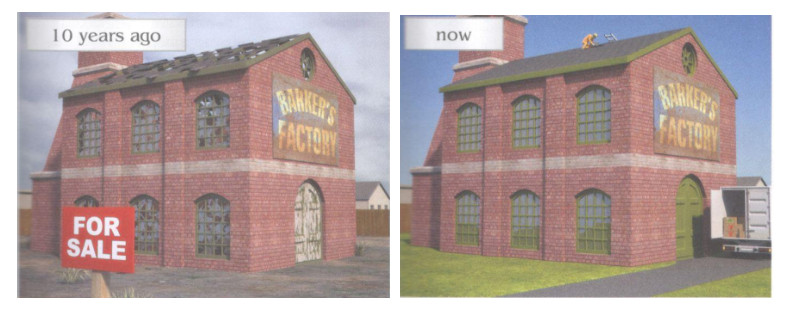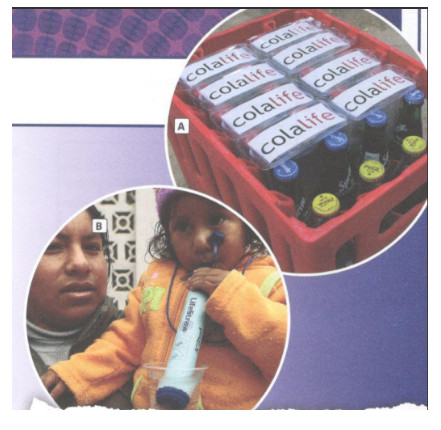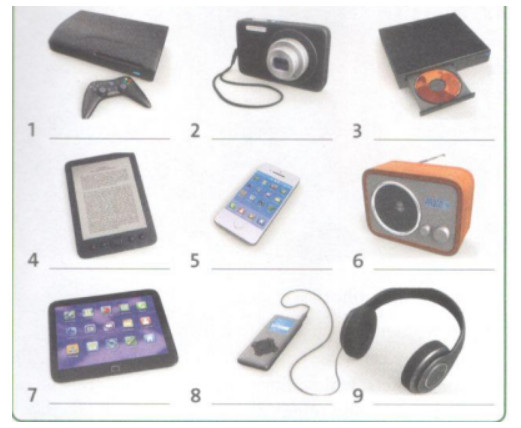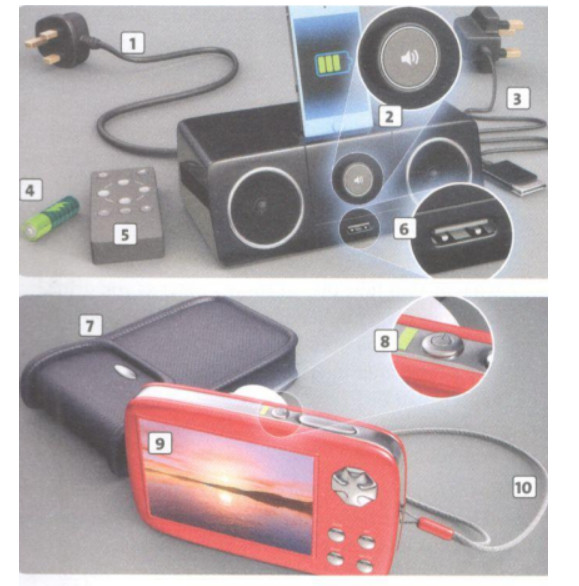INTRODUCTION
Bài tập Introduction
UNIT 1. FEELINGS
Bài tập Unit 1
UNIT 2. ADVENTURE
Bài tập Unit 2
UNIT 3. ON SCREEN
Bài tập Unit 3
UNIT 4. OUR PLANET
Bài tập Unit 4
UNIT 5. AMBITION
Bài tập Unit 5
UNIT 6. MONEY
Bài tập Unit 6
UNIT 7. TOURISM
Bài tập Unit 7
UNIT 8. SCIENCE
Bài tập Unit 8
REVIEW
Bài tập Review
Giải SGK, SBT Unit 8. Science Friends Global
Giải SGK, SBT Unit 8. Science Friends Global
107 câu hỏi
Tự luận
Câu 48 :
4. Which of these gadgets in A do you like best? Can you identify different parts in B that you find on your gadgets?
(Bạn thích tiện ích nào nhất trong số những tiện ích này ở A? Bạn có thể xác định các phần khác nhau trong B mà bạn tìm thấy trên các thiết bị của mình không?)
|
A |
B |
|
digital camera (máy ảnh kỹ thuật số) DVD player (đầu DVD) e-book reader (thiết bị đọc sách điện tử) game console (máy chơi game) smartphone (điện thoại thông minh) tablet (máy tính bảng) |
battery (pin) case (ốp)
charger (dây sạc) on/off button (nút bật/tắt) remote control (điều khiển) screen (màn hình) strap (đai da) USB port (cổng USB) volume control (điều chỉnh âm thanh) |
CÁC BÀI TẬP KHÁC


